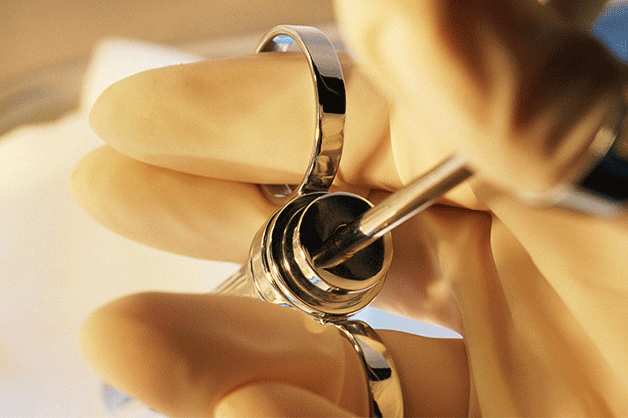Vaccines

Vaccines are one of the most valuable public health innovations of modern times, according to the World Health Organization (WHO), the U.S. Centers for Disease Control and Prevention (CDC) and other leading health authorities.1, 2, 3, 4, 5 Vaccination has become one of the most wide-spread and successful of all health interventions after the provision of safe drinking water.6

Our company has played a defining role in the history of vaccines. For more than 100 years, our scientists have been discovering and developing vaccines to help protect children, adolescents and adults from a number of serious diseases.7
Our vaccines include the MMR vaccine to prevent measles, mumps and rubella, the varicella vaccine to prevent chickenpox and the rotavirus vaccine to prevent severe diarrhoea due to the virus. They are all effective in preventing these common childhood diseases and their complications.8
The human papilloma (HPV) vaccine offers an opportunity to decrease the burden of HPV infection and its sequelae, including cervical cancer precursors, cervical cancer, other anogenital cancers and genital warts.9 Because HPV is sexually transmitted and often acquired soon after onset of sexual activity, vaccination should ideally occur before sexual debut.9 By preventing infection with certain high-risk strains, known to be associated with cancer, it reduces the future development of cervical cancer which is still a serious problem in many countries including sub-Sahara Africa.10 It is also effective at reducing genital warts in sexually active women and men by 99% and 88% respectively.8
Other vaccines include those to prevent pneumonia caused by Streptococcus pneumoniae11 in at-risk patients8 and a vaccine to prevent shingles which is a flare up of the chickenpox virus.12
References:
1. MSD Corporate Responsibility 2017/2018 https://www.msdresponsibility.com/access-to-health/vaccines/ [Accessed 19 August 2019]
2. WHO, UNICEF, World Bank. State of the world’s vaccines and immunization, 3rd ed. Geneva, World Health Organization, 2009. https://whqlibdoc.who.int/publications/2009/9789241563864_eng.pdf?ua=1 [Accessed 19 August 2019].
3. Centers for Disease Control and Prevention. Ten Great Public Health Achievements—United States, 2001–2010. Morb Mortal Wkly Rep. 2011;60(19):619–623.
4. Centers for Disease Control and Prevention. “Achievements in Public Health, 1900–1999 Impact of Vaccines Universally Recommended for Children—United States, 1990–1998.” Morb Mortal Wkly Rep. 1999;48(12):241–264.
5. World Medical Association. “Statement on the Prioritisation of Immunisation.” World Medical Association 63rd General Assembly, 2012, Bangkok, Thailand. https://www.wma.net/policies-post/wma-statement-on-the-prioritisation-of-immunisation/ [Accessed 19 August 2019].
6. Doherty M et al. Vaccine impact: Benefits for human health. Vaccine 34 (2016) 6707–6714
7. The College of Physicians of Philadelphia. The History of Vaccines. https://www.historyofvaccines.org/timeline#EVT_102212. [Accessed 19 August 2019].
8. Centers for Disease Control and Prevention. Pink Book 13th ed. https://www.cdc.gov/vaccines/pubs/pinkbook. [Accessed 19 August 2019].
9. CDC MMWR Quadrivalent Human Papillomavirus Vaccine Recommendations of the Advisory Committee on Immunization Practices (ACIP) March 23, 2007 / Vol. 56 / RR-2
10. WHO Human Papillomavirus and Related Diseases Report, 22 January 2019
11. CDC, Pneumococcal Vaccine Safety. https://www.cdc.gov/vaccinesafety/vaccines/pneumococcal-vaccine.html [Accessed 30 August 2019]
12. CDC, Shingles (Herpes Zoster) Vaccine Safety. https://www.cdc.gov/vaccinesafety/vaccines/shingles-herpes-vaccine.html [Accessed 30 August 2019]
